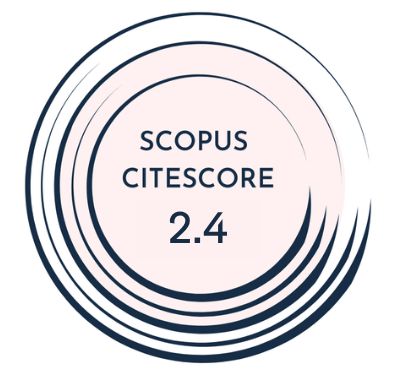Objective: Children diagnosed with dilated cardiomyopathy (DCM) frequently require hospitalization due to episodes of decompensated heart failure. Impaired oxygen utilization is a hallmark of decompensated heart failure, and peripheral venous oxygen saturation (SpvO2) may serve as a useful indirect marker of the mismatch between oxygen delivery and tissue demand. This study aims to evaluate the predictive value of SpvO₂ in identifying clinical decompensation and mortality in pediatric DCM patients.
Materials and Methods: A retrospective review was conducted on 55 pediatric patients diagnosed with DCM from January 2019 to September 2023. Blood gas parameters (pH, SpvO2, lactate, and bicarbonate) obtained from peripheral venous samples, along with laboratory parameters such as N-terminal pro-B-type natriuretic peptide and echocardiographic measurements including left ventricular ejection fraction (EF) and fractional shortening, were recorded. Patients were categorized into stable and unstable (decompensated) groups based on their clinical status, admission type, modified Ross score (ages 1-5), and New York Heart Association classification (ages >5).
Results: Left ventricular EF and SpvO2 were significantly lower, while N-terminal pro-B-type natriuretic peptide was significantly higher in children with decompensated heart failure. A SpvO2 cut-off value of 60.7% demonstrated 90% sensitivity and 85% specificity, demonstrating its strong predictive value for decompensation in pediatric DCM. Patients with SpvO2 ≤ 60.7% had a significantly higher mortality rate during the 12-month follow-up period (P = .031), primarily driven by increased mortality within the first 3 months (P = .035). However, no significant association between SpO2 levels and mortality was observed beyond 3 months (P = .846)
Conclusion: Peripheral venous oxygen saturation is a valuable parameter for predicting both decompensated heart failure and mortality in children with DCM, complementing clinical and laboratory findings.
Cite this article as: Şahan Y., Torun EG, Ece İ, .etin İİ. Can peripheral venous oxygen saturation predict clinical decompensation in pediatric dilated cardiomyopathy?. Turk Arch Pediatr. 2025;60(6):676-682.



.png)


